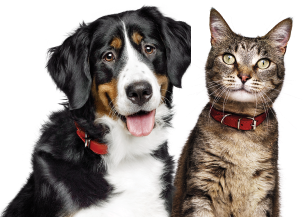The Devon Rex is an active, energetic breed. She is truly a little clown and will delight her parent by giving enchanting playful performances. For this, of course, the Devon expects to be thanked with pets and loving attention and will return affection with purring.
The Devon is a jumper, so cat trees and perches should be provided for exercise. However, she also loves food so her nutrition must be carefully controlled.
Devons like a warm place in the sun and should be provided with areas of warmth in the winter. They should never be brushed because their fur is so fragile. Being rubbed gently with a cloth will keep them nicely groomed.
When the Cornish Rex cat started exhibiting in cat shows in England, they were a curiosity and their pictures often appeared in newspapers. In Devon, Beryl Cox saw one of the pictures. She was interested because she lived near an old tin mine where a colony of cats lived. These cats also had curly coats. Cox had a kitten that was curly coated. Although the mother was a straight haired barn cat, this kitten had curly hair so Cox assumed that one of the strays from the tin mine was the sire. This cat was names Kirlee and he became famous as the beginning of the breed known as the Devon Rex.
At first, breeders believed that the curly coat of both the Cornish Rex and the Devon Rex might be related and the two could be bred to each other. This breeding was attempted, but every time the resulting kittens all had straight coats. The curly coated cats were determined to be two distinct breeds.






















